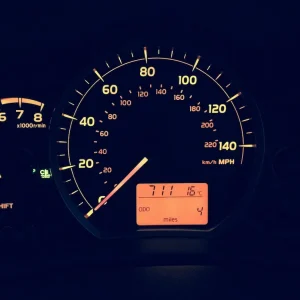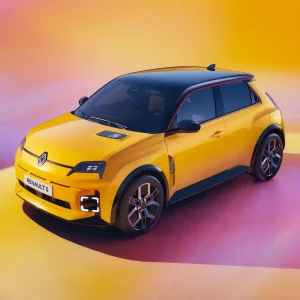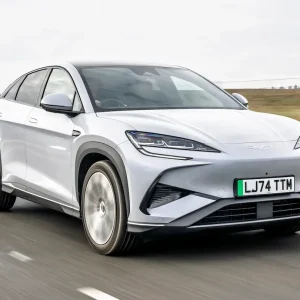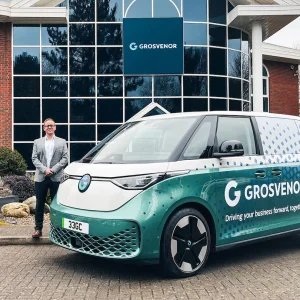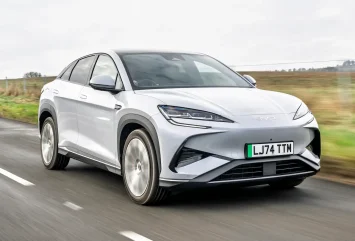
We first asked Beattie what he had changed since joining BYD, and what the fleet plans were now the Sealion 7 had been launched?
He said: “The brand launched in 2023, and it was very new. We launched Atto 3 with four retailers! I think you can see the journey we’ve been on; we were probably the pioneers in bringing a new Chinese brand to the UK! So, the Chinese brands that have come in recently, I think, have been able to benefit from the work that BYD did. The growth plan from a car perspective in 2023, was probably a little slower than we would have liked. Of course, that year was all about getting the network in place, when we were starting to launch the product.
“As we got into mid-2024, I think the team had done an amazing job from a retail perspective – getting 30 retailers. From a fleet perspective, the hard bit is getting product in front of all the leasing companies and getting them to underwrite residual values. It is no mean feat when you launch a brand, and you’re basically going through framework agreement after framework agreement with lawyers to sign off that they’re going to buy your cars – as the big banks will be risk adverse! Especially with electric vehicles – you’ve seen the residual value movement in the last year!
“So, all that work took 12 months effectively – April ‘23 to April ‘24. The team did a great job effectively setting things up and building a base – a building block for everything!
“I was lucky enough to start at BYD in Q4 last year, and for me, it was just about putting some processes, and some formal ways of working in place. So, a perfect example of this, is that we have a sales meeting every Monday. I absolutely love that; Mondays are my favourite day of the week! The whole team are in, and we go through everything operationally. It is about getting the data from our network, and then building that data into the business, so we can understand what’s going on. This has built a platform for our growth. Understanding our business from order to delivery is fundamental for success.
“This is not really a reset, it’s just building on what we’ve done, and I feel lucky that I joined when I did. Malcolm Fryer, Jeanette Griggs, Mark Blundell, Simon Bisp, Adam Harkin and Claudio De Freitas – everything they’ve put in place is just ready for us to grow. If you look at Dolphin and Atto 3, they are great products but are probably more suited to retail. What really helped us was when Seal came along in mid-‘24. Of course it takes a little time to get it into systems, get residual values on it, and that started to pick up in October/November, so for me Seal is an important fleet car. Latterly, as we move towards the Sealion 7, what you’ll see again is a very strong fleet car.
“So, I look at my product and say I’ve got five models now, but where do they sit? Now, in terms of the channels, of course Seal and Sealion will still sell in retail, but I see them as my real fleet opportunity. My user choosers, my company cars, and of course our salary sacrifice – they lend themselves very much to that. Whereas a couple of the other cars, such as the Seal DMi, are more of a retail proposition.
“So, it’s great we’ve got these products across the channels, because you have to be across all channels if you’re going to be successful.”
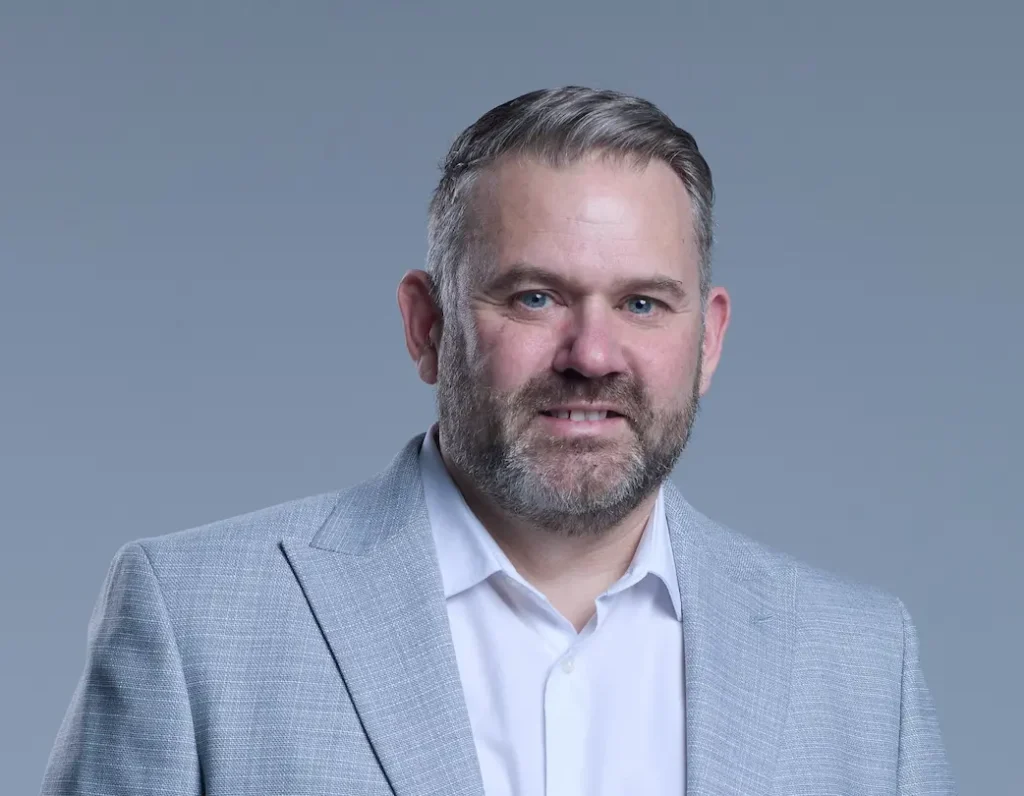
We moved on to ask Beattie how fleet business was going?
He said: “OEMs are only as good as their product. We all think we’re fantastic, but I came in at the right time with product, and I came in after the team had done all the hard working getting BYD established.
“It is starting to go well. We know what we’ve done well and know what we need to improve upon. We’ve got some great relationships with public sector bodies, leasing companies and brokers.
“What we don’t have is enough of those end-user relationships. The ones we have are good but we need more. As I said, the team have good relationships with our leasing companies – and they’re doing a lot of the job for us. They’re talking to all the end users themselves. So, they’ll be talking about BYD, but they’ll be talking about several other products as well – as they’re primarily responsible for the funding and fleet management
“What we’re going to change – and we’ve just implemented it – is that we’re going to talk to more end users. So, we’ve just increased the team. Working for Malcolm, Jeanette is the national corporate, and public sector manager. She currently has two regional managers, which we recruited at the back end of last year, and we’re in the process of recruiting two more. So, we’re doubling the team, we’ll have four regional managers that will be out there talking to customers.
“The second part that we’ve put in place is an agency who will do cold calling for us. It is traditional, but for me, getting an agency to warm call the top 1,000 fleets works. It gets us an appointment with them, lets us talk to them about the cars and their policy – basically do all the groundwork. We need to go out and tell everyone about our cars and not rely on other people to tell people about our cars.
“Seal and Sealion 7 are our key cars for end-user, for salary sacrifice, for large corporate. I think Dolphin lends itself to a smaller market – we’ve done a large public sector deal with one organisation, they’ve taken a batch of Dolphin. Jeanette has a great relationship with public sector bodies, and it’s working well on their salary sacrifice scheme, because it can lend itself to nurses, and so on. The real growth of BYD in fleet is going to come from Seal and Sealion. You can see it from Tesla Model 3, and you can see it from Model Y – this is our real opportunity for those cars.”
We then pushed Beattie on which brands he thought fleet drivers would be conquested from.
He said: “In the fleet market we need to capitalise on the Tesla opportunity, with the Model 3 and Model Y. Tesla was such a viable product in the EV market for so long, that it had that halo effect for such a long period that everyone went and bought one! Now, there are so many other products on the market, that gives those customers the opportunity to get into something different, and I think we’re at the forefront, and people are going to be considering our cars.”
Aftersales is important for UK fleet, and we asked Beattie if this worked better for BYD than for other new Chinese entrants?
He said: “Although we are a new car brand to the market, we have been in the UK since 2013, as we have 2,500 buses, with a 74% market share in London. So, we’ve been established in the UK for a long time, and that of course would mean local aftersales capability – we’ve got to keep those buses running!
“Secondly, in terms of dealer network, we have 67 dealers across the country, which means there’s not that many blank spots. What we’ve got in plan now, for the end of June, is to have over 80. Our ambition is to have over 100 dealers by the end of the year, so very similar to a lot of other brands doing the volume we’re planning.
“My point to fleet managers considering putting a Chinese brand on, is they should choose BYD. Firstly, because we sold 4.2 million cars last year, we are the number one brand in China, and there’s a reason why we’re number one in China, and that’s because of how good the product is.
“The second is that we’ve been in the UK a long time, looking after the commercial vehicle network, and the third thing is the dealer network has grown to 67 dealers, and we will be at 80 by the end of June. So, that aftersales support is there.”

